A Rare Look Into Shoppers' Mindset
by YesPlz.AIAugust 2023

Retailers rarely get a glimpse into the complex mindset of shoppers. But, thanks to the conversational nature of GPT AI Stylist, we’ve uncovered a treasure trove of insights into the minds of shoppers.
Last month alone, we received thousands of prompts that shoppers asked our GPT AI Stylist in private demos.
We analyzed over 3,000 unique prompts to reveal insights into shopper expectations, search behavior, and patterns.
The prompts are a mix of gender, ages, and countries.
Here’s what we uncovered:
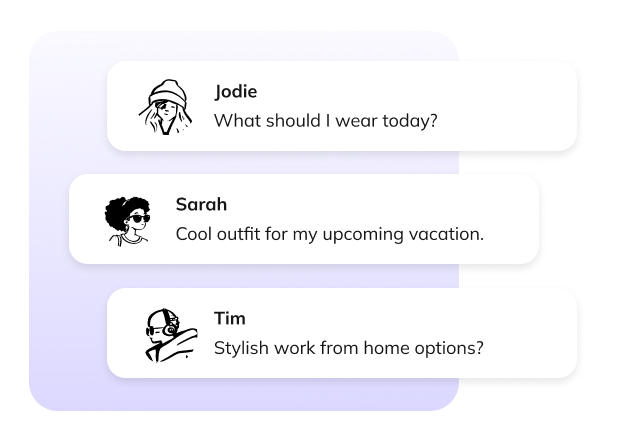
Shoppers Want Outfits Tailored to Specific Events
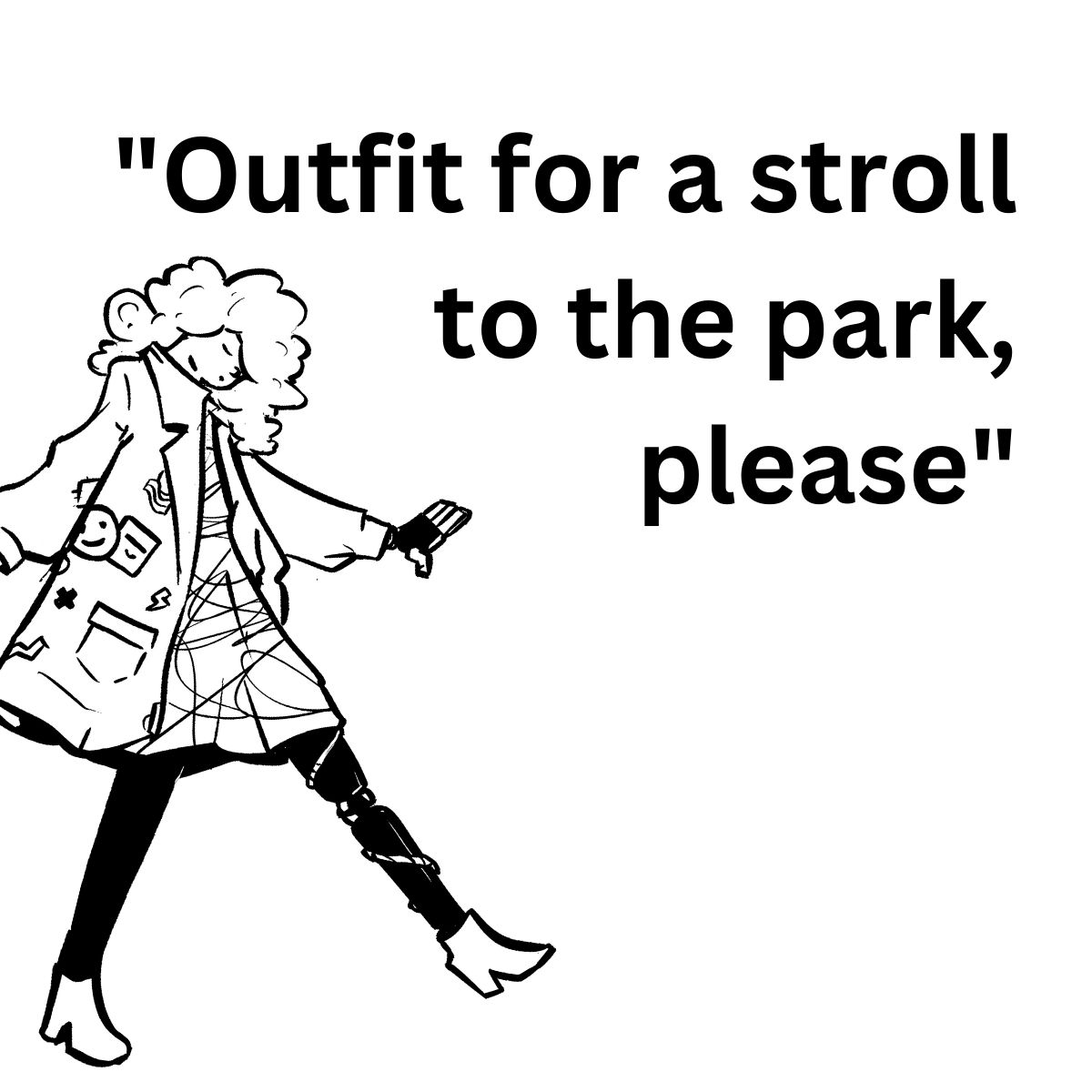
The first repeated pattern we noticed was the tendency of shoppers to ask for outfit recommendations for events.
We can break up these requests into:
-Work
-Special Events
-Weather
-Geographic Location
Occasions requested ranged from simple requests like, “What can I wear to a wedding?” to complex, multi-faceted prompts like, “Day at the zoo with my children in summer.”
The prompts tended to lean towards specific, longtail questions, with shoppers providing multiple details to frame the request.
Work was the most popular theme, as shoppers asked for professional attire that ranged from “semi-professional” to “business casual” to “executive meeting.” We noticed that even within the occasion for work, there are different subsections to better frame the level of formality.
Another interesting takeaway: shoppers expected that the AI stylist already knew the current weather or circumstances that apply to them. For example, one prompt reminded the AI Stylist that “you’re not taking into account that it’s summer in California.”
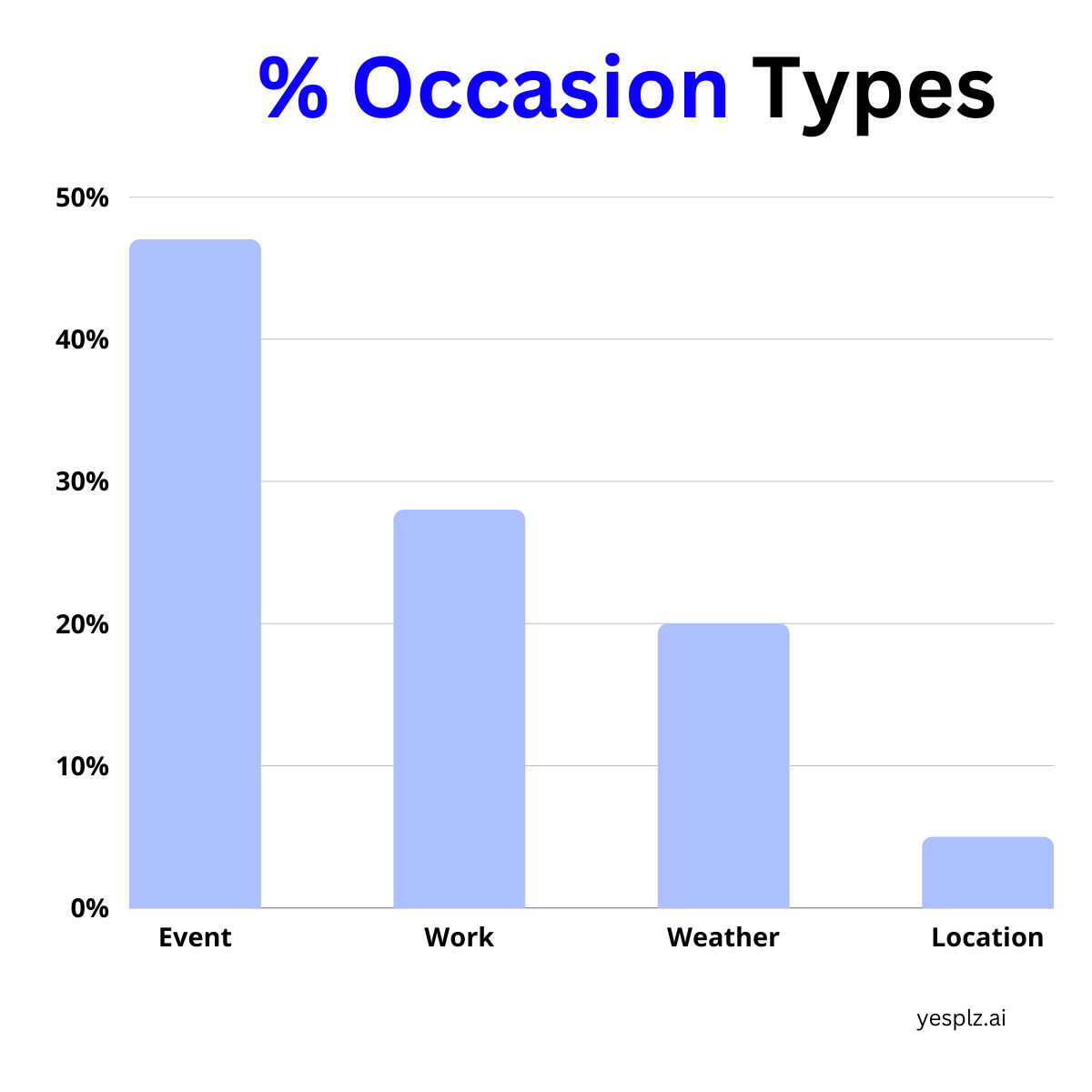
What are the key takeaways for retailers?
1. Provide outfit ideas for different occasions, as shoppers were looking for complete looks.
2. Shoppers expect retailers to completely understand their circumstances. While we can infer weather (in the future), right now, YesPlz is using style quizzes and analyzing past behavior with AI to get a better idea of each shopper’s circumstances.
3. Shoppers require highly complex search and discovery experiences. A rules-based chatbot simply can’t handle the complexity of questions, and traditional search will fall short in capturing the nuances of a shopper's needs.
Shoppers Want Fashion Tailored to Their Personal Attributes
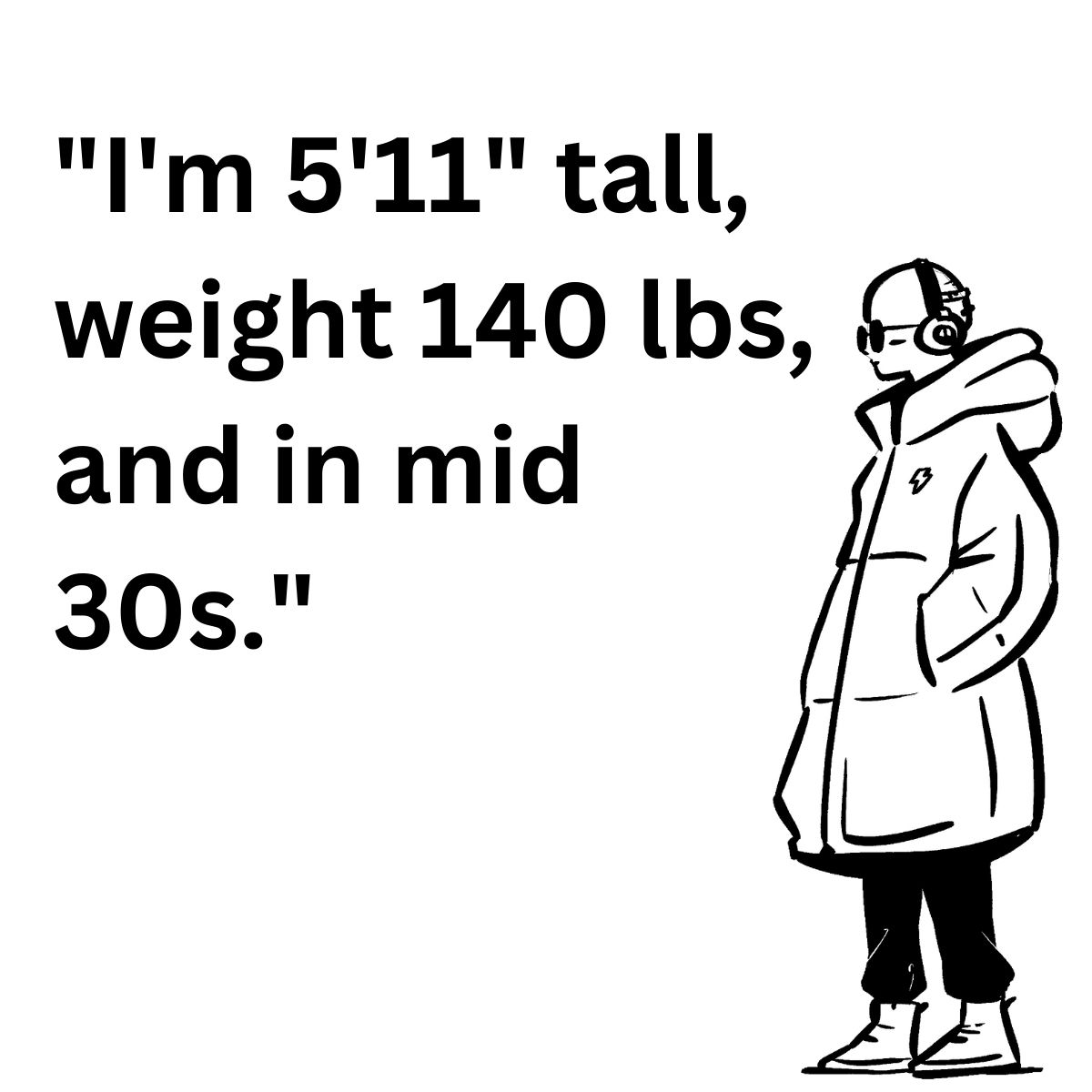
Shoppers often put their own personalized filter on their request–for example, “I only wear red” or “for a plus size body.” Shoppers prompts often consisted of two components: 1- the general request and 2- a personalization filter such as body or skin tone.
Prompts were often based on height and weight, asking to emphasize or hide a part of the body. Shoppers were frank and honest, providing detailed information about their bodies.
For example, we saw multiple requests from tall male shoppers, asking for styling advice. Shoppers also provided their age as a hint for the AI stylist to suggest age-appropriate clothing.
Almost every prompt included the words “I” or “me”--showing that shoppers are all about the “me,” and expect to receive personalized matching products that are specifically for them.
Shoppers also referred to their body types when making a request–such as pear-type or Kibbe natural.
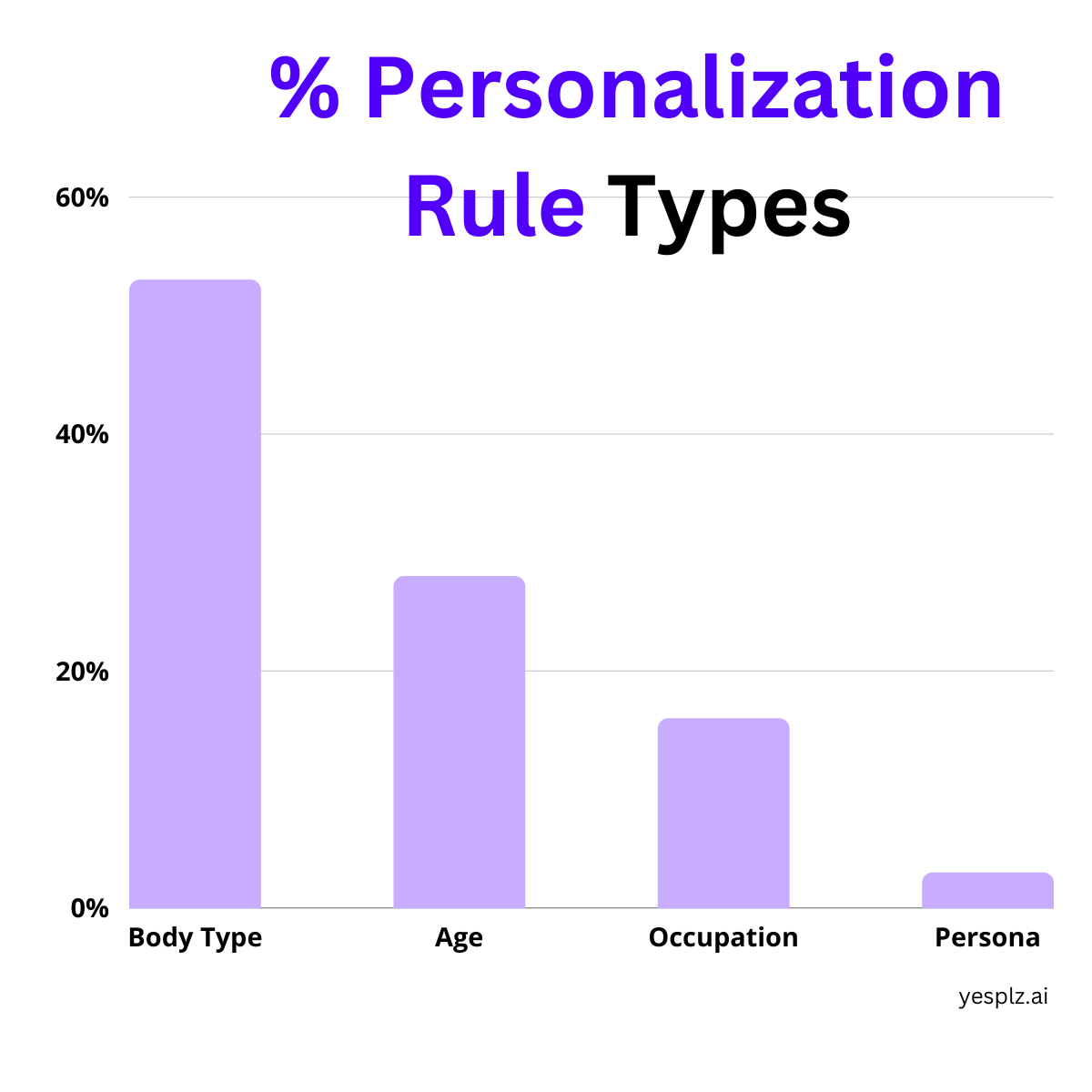
What are the key takeaways for retailers?
1. GPT AI Stylist can provide the hyper-personalized experience that shoppers crave. Its capabilities like thumbs up/down ratings (actively learning shoppers’ preferences), curated collections, and instant outfit suggestions give shoppers the personalization they demand.
2. Because so many prompts focused on silhouette, we recommend that search and filtering is silhouette-oriented. For example, the Virtual Mannequin Filter allows shoppers to easily filter by silhouette while using visual cues to guide them along the way.
3. Retailers can tap into personalization by using YesPlz’s AI to send curated emails, and use AI to recommend products for each shopper.
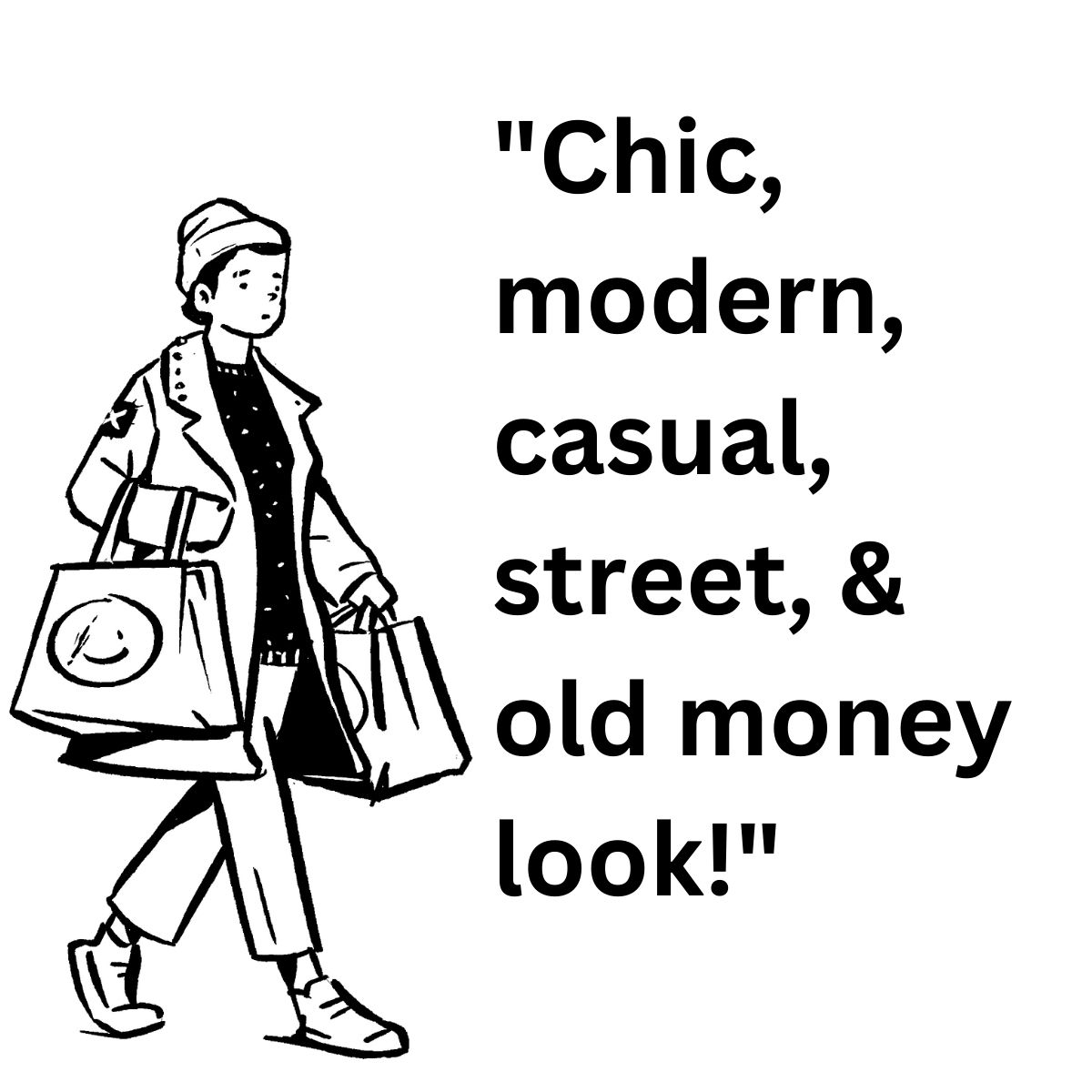
Bohemian, hipster, minimalistic futuristic streetwear are all prompts that we saw from shoppers, leading us to believe that everyday culture is influencing how people shop and the term that they use.
However, the definition of “hipster” could vary depending on the shopper’s age and their points of reference, leading to problems for retailers.
Shoppers also considered different contexts for styling requests, like hiking or business casual.
Some requests were general, like “Make me feel amazing” or “I want to feel like a princess,” tapping into the end feeling. Finding the perfect product can be an emotional experience for shoppers.
Lastly, shoppers added price as the last component in the prompt, such as ”make me look amazing, but cheap.”
What are the key takeaways for retailers?
1. Because here isn’t any uniformity in how shoppers are forming these questions, traditional search and recommendation engines can’t meet their needs. We didn’t see any kind of consistent terminology or search structure.
2. With GPT AI Stylist, shoppers can keep refining their search to better fit the idea in their minds. For example, one shopper asked for more “1990s” inspired looks to guide the AI stylist towards matches.
Because GPT AI Stylist is an ongoing conversation, shoppers can continue to refine and teach the AI their preferences and definitions.
3. Price is always a consideration, but always combined with other requests for specific styles or themes.
Shoppers Search by Product Type First, Then Refine with Color, Brand, and Other Filters
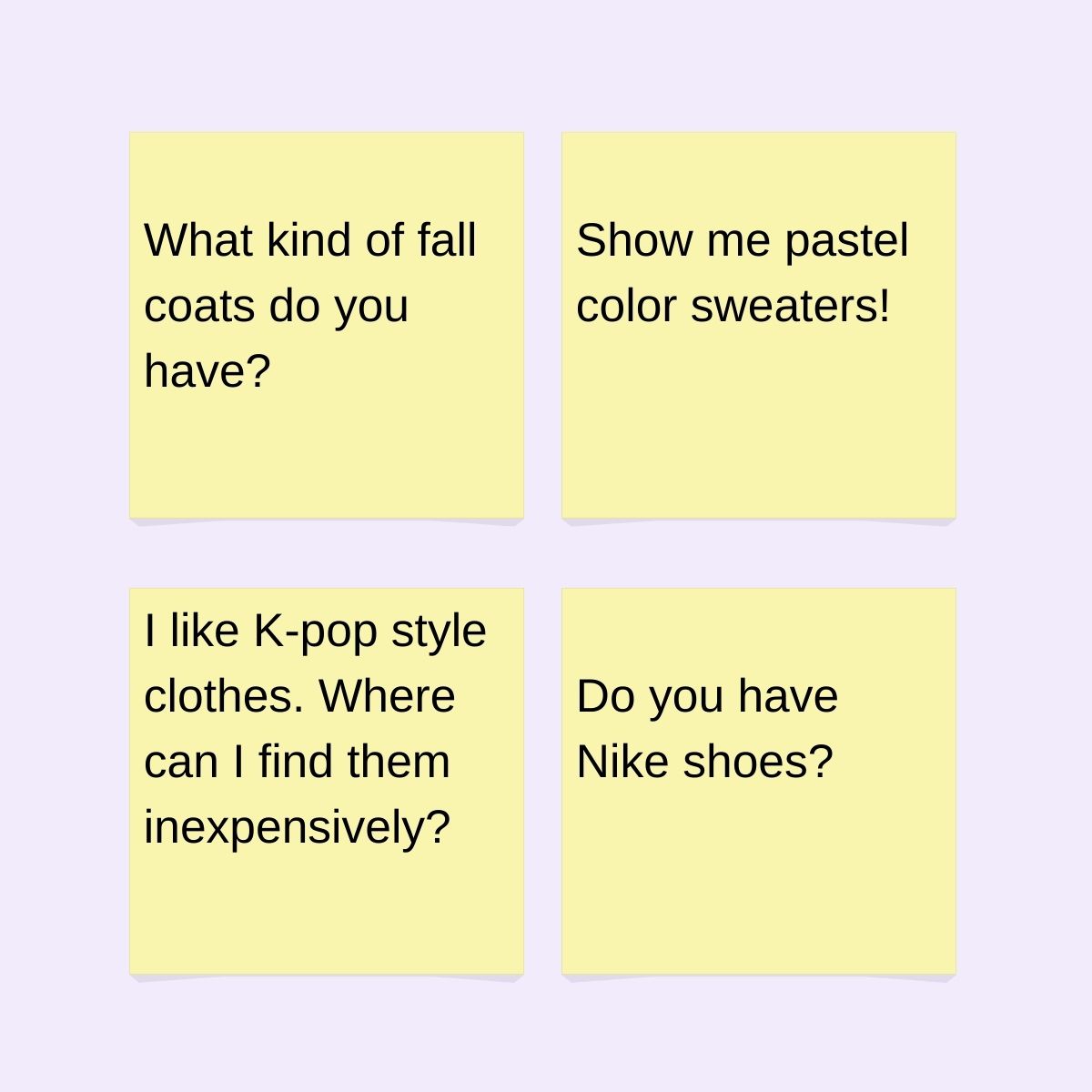
When searching for fashion items, shoppers typically start by picking a broad product category or subcategory. For example, they may look for sneakers, maxi dresses, or other subcategories.
However, shoppers rarely stop there.
They further refine their search by adding filters like color, pattern, brand, and price. Requests ranged from simply "red shoes" to more nuanced options like "dark burgundy.”
What are the key takeaways for retailers?
1. Retailers should use robust product tagging to make sure that shoppers can see all different colors, brands, patterns, and product attributes. AI tagging is a great way to tag for these nuanced attributes in a short amount of time.
2. It's important to expand basic subcategories with relevant options like sneakers, boots, and heels. Shoppers expect to see the key subsets they are browsing within a category.
3. Shoppers aim to quickly narrow in on products matching their criteria. They do not want to endlessly browse undefined search results.
Microtrends May Confuse Traditional Search But Not AI
Microtrends are appearing in prompt requests, such as “old money” and “minimal, futuristic streetwear.”
Shoppers also used GPT AI Stylist to stay up-to-date on the latest trends, simply asking questions like “show me the latest trends.” They also combined trends with a product category, asking for the “latest trends in sneakers,” for example.
What are the key takeaways for retailers?
1. The fast-paced terminology of microtrends requires advanced AI to be able to handle questions from shoppers. Even virtual stylists can’t keep up with every internet trend, because of how quickly they move.
2. AI can understand the latest trends in fashion. By using AI-powered search and discovery, retailers can keep up to date with the latest trends, automatically.
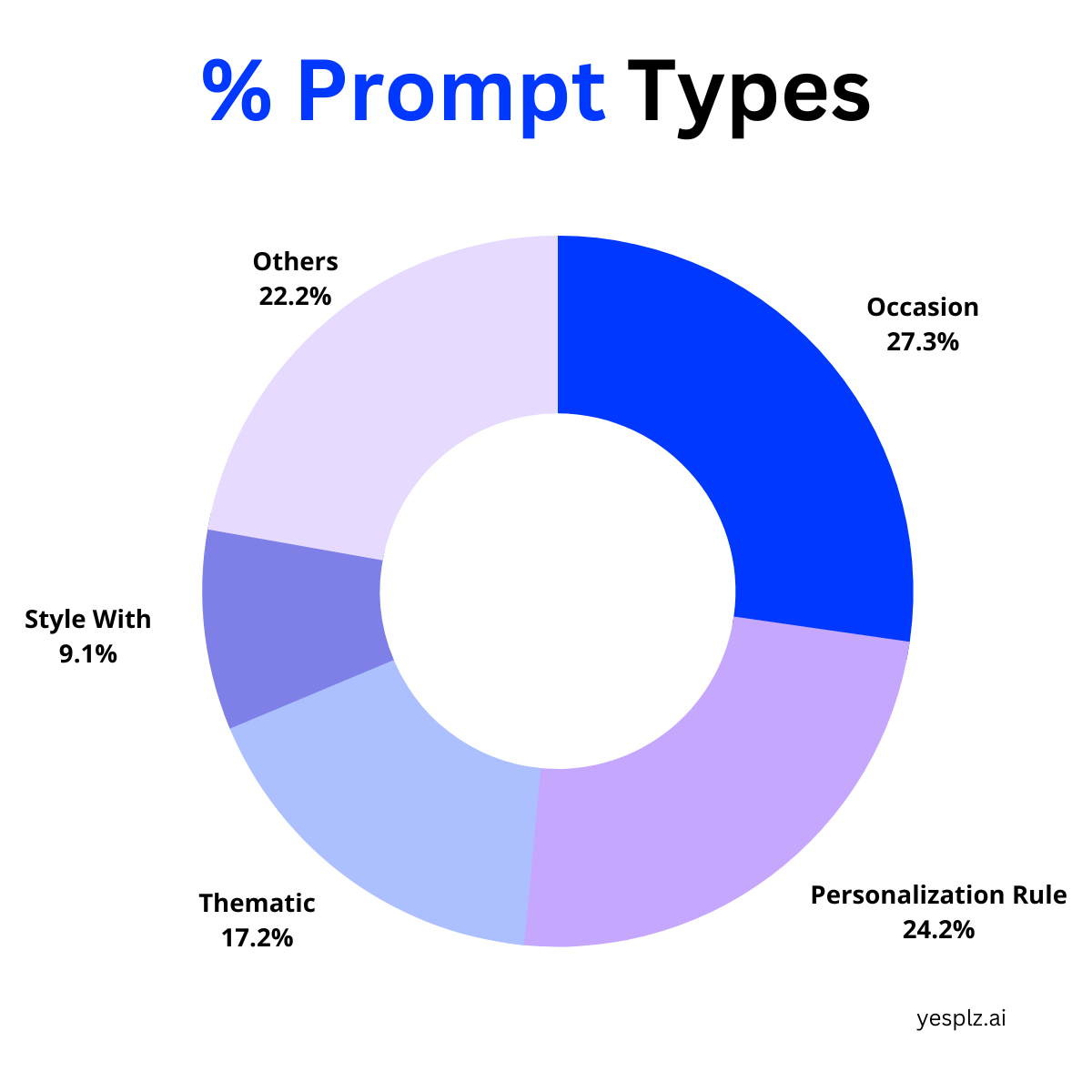
Our analysis reveals that today's shoppers have complex, highly individualized needs when it comes to fashion search and discovery.
Traditional keyword and filtering approaches cannot keep up with how shoppers look for styles.
Thankfully, we now live in an era where AI technology is up to the task.
Through advanced AI, GPT AI Stylist can understand each shopper's unique preferences and context. It can then provide tailored outfit recommendations, search results, and curated looks that speak to every customer.
For retailers, the implications are clear. To meet expectations, eCommerce experiences need AI at their core. Shoppers will no longer be satisfied endlessly browsing fixed categories and filters. They need a flexible, conversational search that understands each request on its own terms.
Implementing the latest AI is key to providing the personalized experiences shoppers now demand.
With YePlz AI-powered search and discovery, retailers can finally keep up with the complexity of search.
From a personal point of view, we were surprised by the diversity of the prompts–and we’re excited to live in a world where today’s technology can handle all types of questions for every individual’s specific needs.
Shoppers have been patiently tolerating rules-based search or infinitely browsing web pages to find a product they like–but it’s time to give them what they want: AI-powered discovery experiences.
We hope our findings are helpful for eCommerce businesses to consider when re-designing the search and discovery experience to meet today’s shoppers’ needs.

Written by YesPlz.AI
We build the next gen visual search & recommendation for online fashion retailers
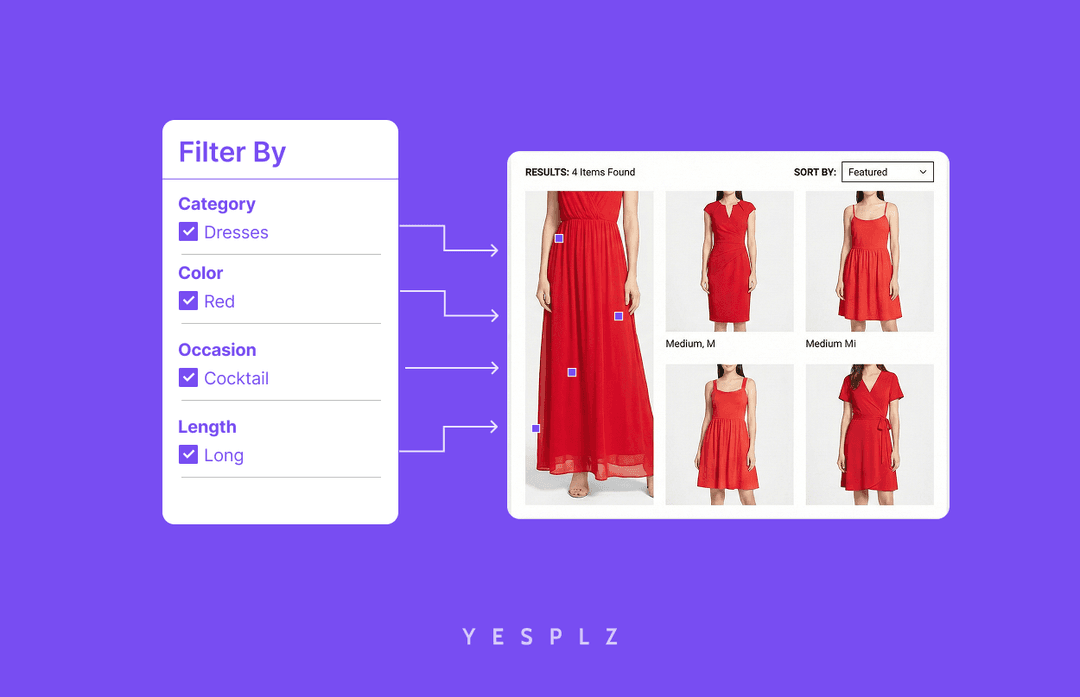
Stop losing sales to poor product filtering. Discover how AI simplifies creating Shopify filters, saving you 25-50 hours per 100 products.
by YesPlz.AI
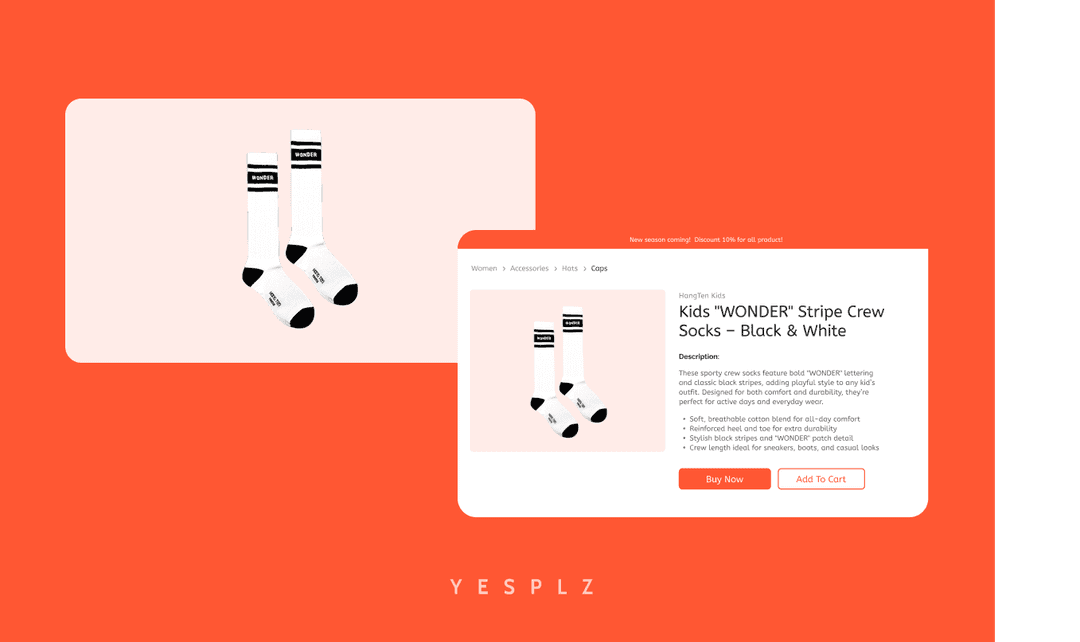
Automate Shopify product pages and cut 50–100 hours of manual work. AI generates product titles, descriptions, and metadata instantly from product images.
by YesPlz.AI